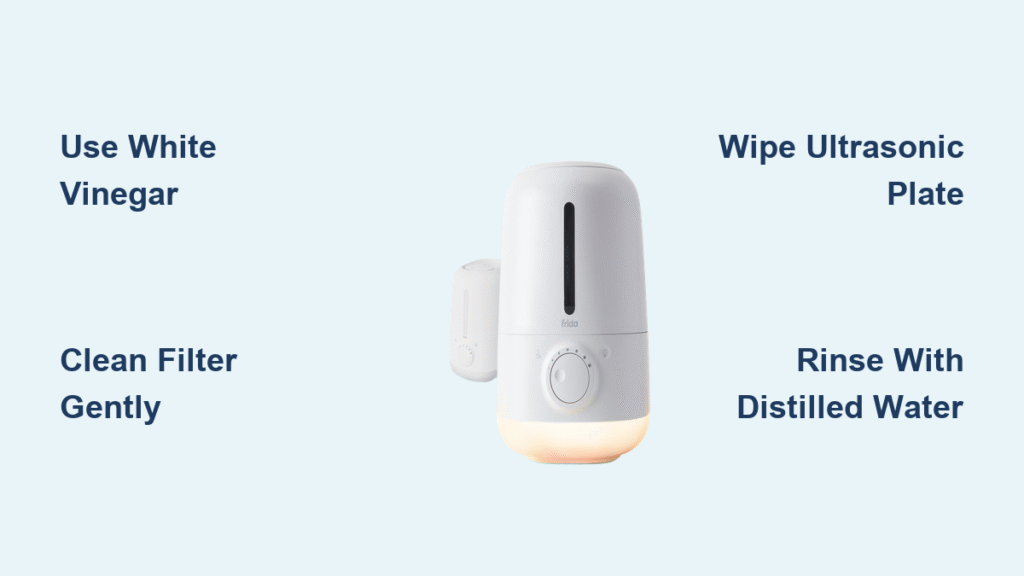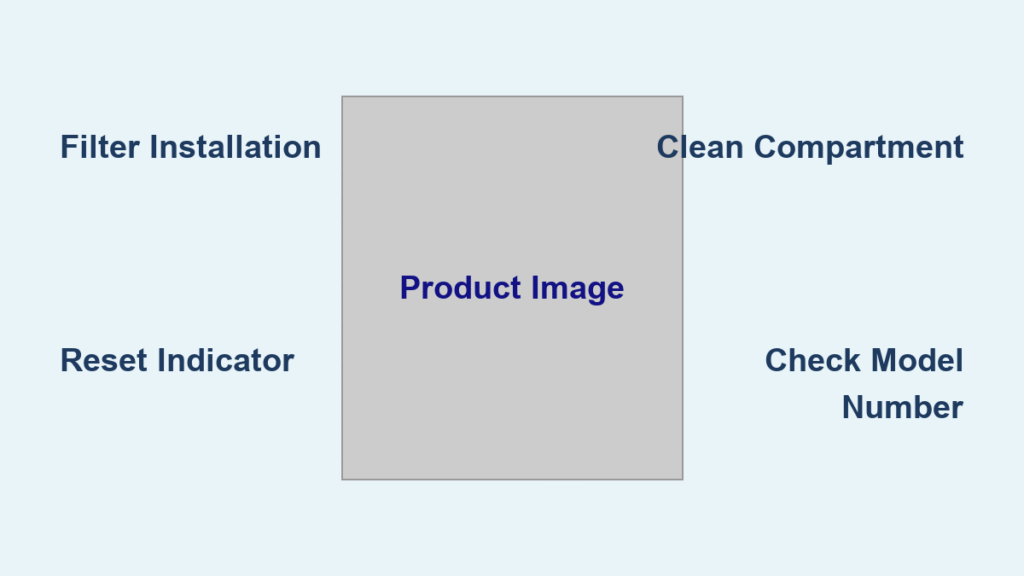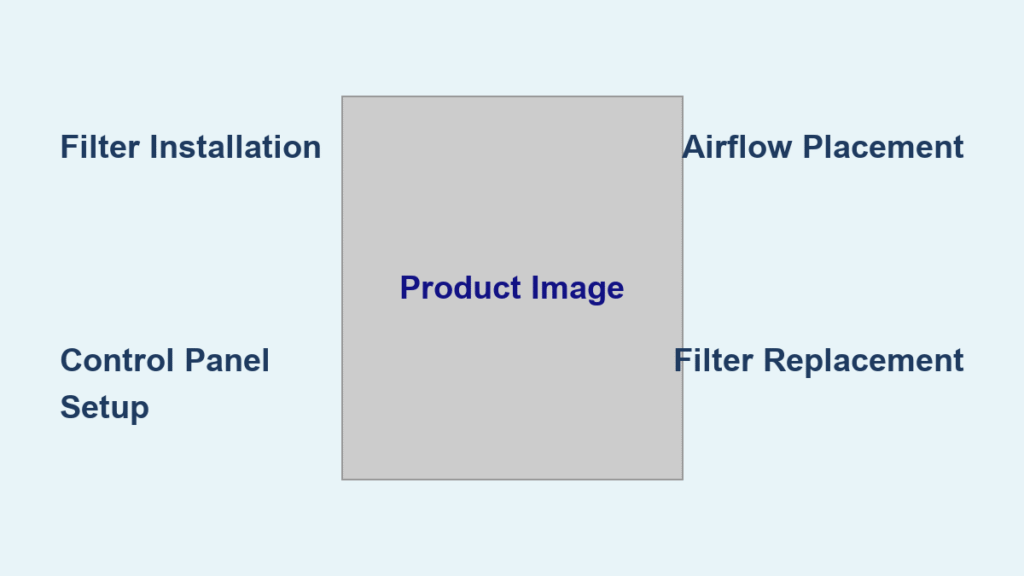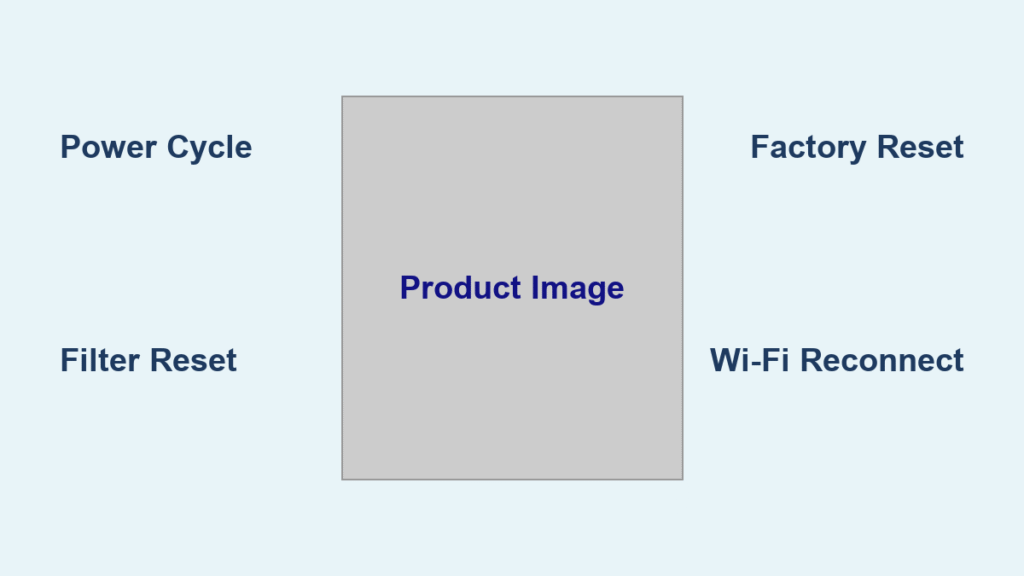Waking up to a musty nursery smell or spotting chalky white dust on your baby’s furniture? Your Frida humidifier needs urgent cleaning. Mineral deposits and mold buildup transform this essential baby care device into a hidden air pollutant, circulating harmful particles instead of soothing moisture. Left unchecked, these contaminants trigger respiratory irritation and undermine your child’s sleep quality.
This precise cleaning method eliminates dangerous buildup in just 20 minutes using household items. You’ll discover why vinegar outperforms chemical cleaners, how to safely access hidden components, and critical mistakes that damage the ultrasonic plate. Follow these steps monthly to maintain hospital-grade air quality in your baby’s room while extending your humidifier’s lifespan.
Gather White Vinegar and Specialized Cleaning Tools
Stock your cleaning station with white vinegar—the only solution powerful enough to dissolve mineral deposits without harming plastic components. Pour undiluted vinegar into a dedicated container for soaking small parts. You’ll also need these specific tools:
- Soft-bristled bottle brush (never use regular sponges that shed fibers into water channels)
- Microfiber cloths (lint-free for electrical components)
- Cotton swabs for crevices around buttons and scent pads
- Distilled water exclusively for final rinses (tap water reintroduces minerals)
- 3% hydrogen peroxide (optional for persistent mold spots)
Pro tip: Keep a separate brush solely for humidifier maintenance. Dish soap residue from shared brushes clogs mist valves and creates chemical vapors when heated. Store tools in a labeled container under your sink for instant access during monthly cleanings.
Unplug and Cool Components Before Disassembly
Immediately unplug your Frida humidifier and set a 30-minute timer before touching any parts. Electrical components remain dangerously hot after use, risking burns or short circuits if handled prematurely. This cooling period prevents thermal shock that cracks plastic housings during cleaning.
Lift the water tank straight upward with both hands to avoid stressing alignment pins. Twist the mist chamber counterclockwise until it releases from the base unit—forcing it causes hairline fractures. Slide out the filter cartridge horizontally while supporting its edges. Use your thumbnail to pop open the scent pad compartment; never insert metal tools that scratch internal sensors.
Critical warning: The base unit contains live electrical contacts. Never submerge this component or spray liquids directly onto it. Moisture intrusion here permanently disables the humidifier and creates electrocution hazards.
Scrub Water Tank with Vinegar and Rice Method

Fill the tank halfway with undiluted white vinegar, then add ¼ cup uncooked rice. The rice grains act as microscopic scrubbers that dislodge deposits from corners unreachable by brushes. Secure the cap tightly and shake vigorously for 60 seconds—listen for the “rattling” sound confirming full coverage.
Let the solution sit for 30 minutes while vinegar dissolves limescale. Focus your bottle brush on three critical zones:
1. The bottom interior where mineral crystals accumulate fastest
2. The narrow water outlet channel (clogs here reduce mist output by 70%)
3. Threads where the tank seals to the base unit
Rinse thoroughly with distilled water until vinegar odor disappears completely. Expert insight: Tap water reintroduces minerals during rinsing, immediately negating your cleaning efforts. Always finish with distilled water to prevent new deposits.
Clean Filter Cartridge Without Damaging Coating
Hold the filter under lukewarm running water for exactly 120 seconds while rotating it slowly. This flushes trapped particles without saturating the antimicrobial coating. Gently squeeze the filter between palms—never twist or wring it—as this compresses the filtration media and creates channels for unfiltered water.
Replacement red flags: Discard filters showing these signs:
– Persistent yellow or brown discoloration after rinsing
– Visible black specks that don’t wash away
– Reduced mist output even after tank cleaning
Most Frida filters last 45 days with daily use; replace them monthly during allergy season.
Wipe Base Unit Ultrasonic Plate Safely
Dampen a microfiber cloth with vinegar and wipe all external base surfaces. Pay special attention to the ultrasonic plate—a small silver disc where mist generates. Mineral crust here reduces output efficiency by 90%. For stubborn buildup:
- Mix 1 tsp vinegar with ½ tsp baking soda into a paste
- Apply with cotton swab using feather-light pressure
- Wait 5 minutes for chemical reaction to loosen deposits
- Wipe with vinegar-dampened cloth using circular motions
Never use: Scouring pads, toothpicks, or paper towels—they scratch the plate’s precision surface. Test functionality by running your fingernail across the plate; it should feel completely smooth after cleaning.
Reassemble Components with Click-Confirmation

Position the filter vertically in its slot until it clicks into place—this ensures full contact with water sensors. Fill the tank with distilled water to the MAX line only; overfilling floods the base unit during operation. Reattach the tank by aligning the front notch and pressing down firmly until you hear two distinct clicks.
Power on the unit and observe for 30 seconds. Healthy operation shows:
– Steady, quiet mist within 15 seconds
– No water leakage from base seams
– Consistent LED indicator color
Troubleshooting: If mist fails to appear, disconnect and reseat the tank—90% of “no mist” issues stem from improper alignment.
Implement Daily Maintenance Routine
Prevent deep cleaning emergencies with these 30-second daily habits:
– Empty and refill with fresh distilled water every morning
– Wipe tank rim with vinegar cloth to stop biofilm formation
– Store filter vertically in a ventilated container when not in use
– Run empty cycle for 5 minutes after water depletion to dry internal parts
Mark the first of each month in your calendar for deep cleaning. During winter when running 12+ hours daily, add this shortcut: Spray a 50/50 vinegar-water solution inside the tank weekly without disassembly. This cuts monthly cleaning time by 40%.
Position Humidifier to Prevent Mold Growth

Place your Frida unit at least 36 inches from walls and furniture to ensure 360-degree airflow. Trapped moisture against surfaces creates condensation that feeds mold colonies within 48 hours. Always position it on a waterproof tray elevated 6 inches above surfaces—never directly on wood dressers.
Leave the tank cap off when unplugged for more than 2 hours. Sealed units trap humidity inside, growing bacteria colonies that contaminate your next water fill. During continuous winter operation, add 2 drops of tea tree oil weekly—this natural antifungal inhibits microbial growth without affecting mist safety.
Maintaining your Frida humidifier with this 20-minute monthly ritual ensures your baby breathes clean, therapeutic moisture year-round. Distilled water and vinegar cleaning prevent the white dust and musty odors that signal dangerous buildup. Stock replacement filters and distilled water now—your next deep clean should take less than 15 minutes with consistent daily maintenance. For persistent issues after cleaning, consult Frida’s ultrasonic plate replacement guide to restore full mist output.

